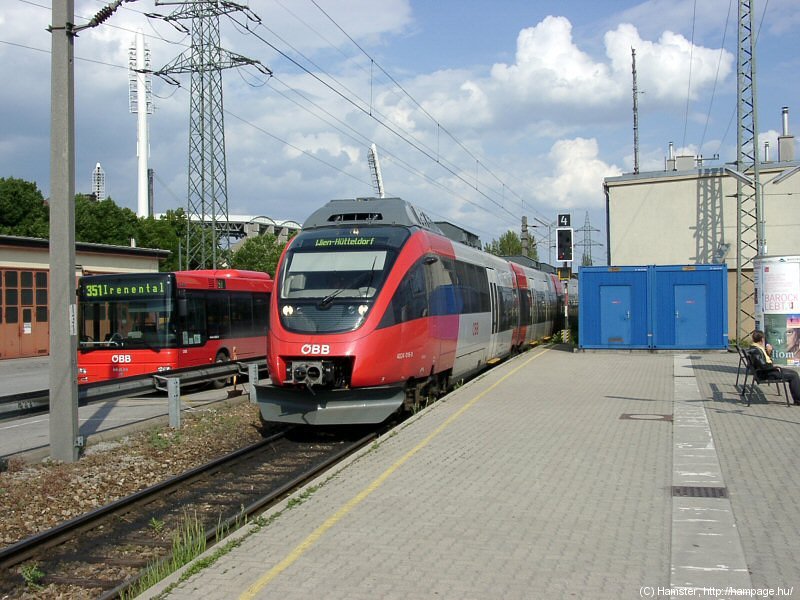G
G.I. Suck
Guest
This might shed some light as where the 3 stations will be:
http://www.region.durham.on.ca/departments/planning/RTTFFinalReport.pdf
Turn to page 25. It looks like they scrub the current Oshawa GO Station, put in 2 more stops, and then after that, you can't see any further as it goes off the map.
http://www.region.durham.on.ca/departments/planning/RTTFFinalReport.pdf
Turn to page 25. It looks like they scrub the current Oshawa GO Station, put in 2 more stops, and then after that, you can't see any further as it goes off the map.







